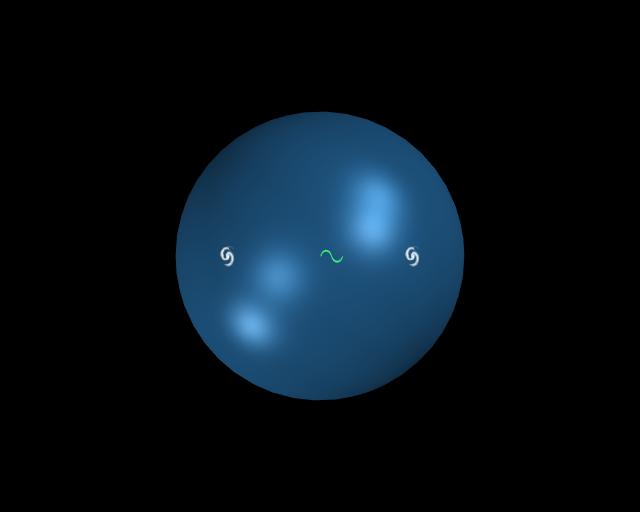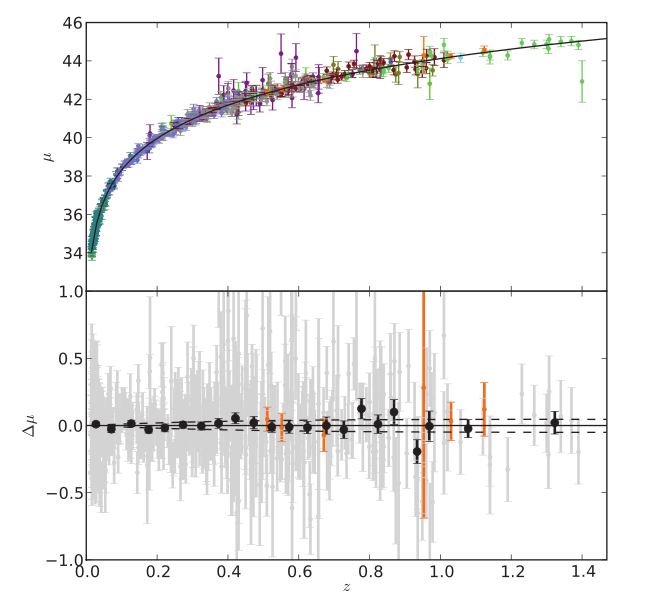

The notorious misuse of the doppler formula to make statements of recession velocities of galaxies in our expanding universe is discussed. Thus, following the, cosmololattergical redshift is explained as a result of running away galaxies, mainly, due to the supposed expansion of the universe. After z is measured, the distinction between redshift and blueshift is simply a matter of whether z is positive or negative.

Accordingly, sufficiently distant light sources show redshift corresponding to must the rate of increase of their distance d from earth. Source: Ī redshift larger than 1 is also possible when relativistic motion is applied to a doppler shift. Implications for cosmological density perturbations are discussed. The comoving volume within redshift z is 1140.389 gpc 3. Then assuming that the redshift is only due to a velocity, then special relativity tells us that the redshift z is given by (1 + z)2 = 1 + v / c 1 − v / c which can be rearranged to give eqn 2 in the reference you quote. Calculating speeds and galactic distances a galaxy is observed to have a redshift: The comoving radial distance, which goes into hubble's law, is 6481.3 mpc or 21.139 gly. A redshift larger than 1 is also possible when relativistic motion is applied to a doppler shift. Source: The angular size distance d a is 1620.3 mpc or 5.2846 gly. Sounds like the latest blockbuster coming to a theater near you, doesn't it? Which, in the case of v1 for redshifts, 1 for redshifts, 1 for redshifts, scale factor parsecs: The cosmological redshift is an outcome of the fact that the space is expanding. See the formula section below for some basic interpretations that follow when either a redshift or blueshift is observed.Ĭosmological redshift is conceptually different from doppler redshift, but for not too long distances (low z parameter) the classical doppler formula can be applied with good results. We define doppler redshift to be the shift in spectral lines due to motion: The notorious misuse of the doppler formula to make statements of recession velocities of galaxies in our expanding universe is discussed.

Cosmological Redshift Formula : Astronomy 162: Lecture 33 / For relatively nearby objects, where z is the cosmological redshift, λ obs is the observed wavelength and λ rest is the emitted/absorbed wavelength.


 0 kommentar(er)
0 kommentar(er)
